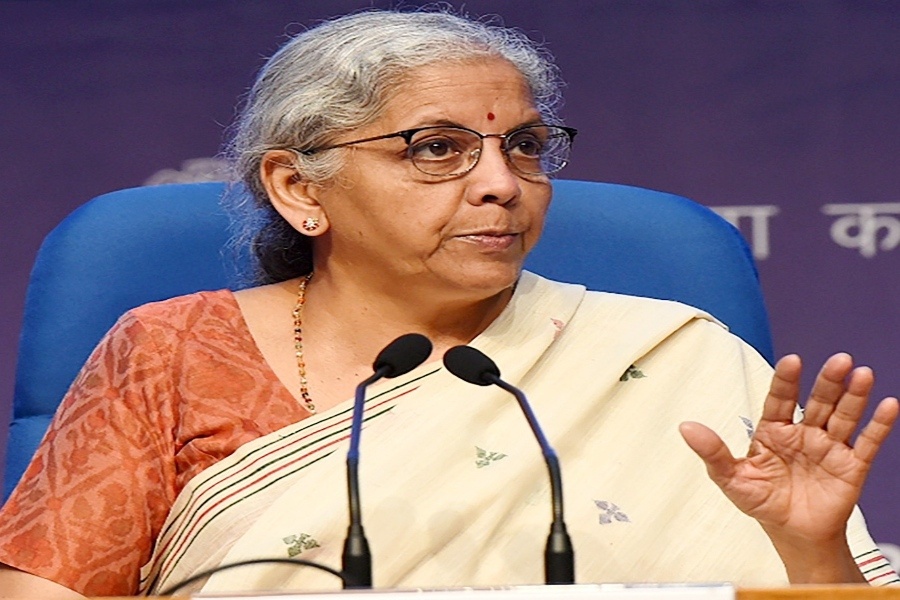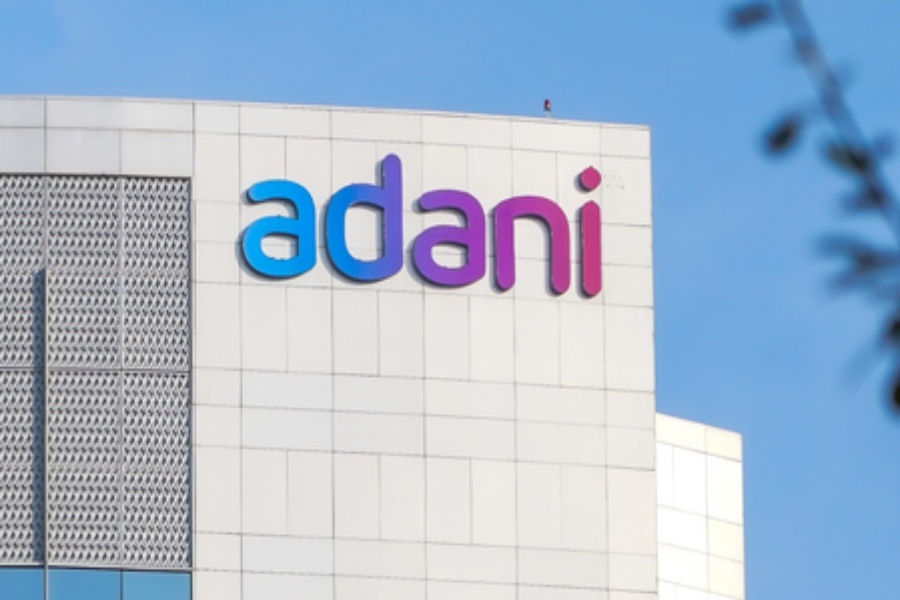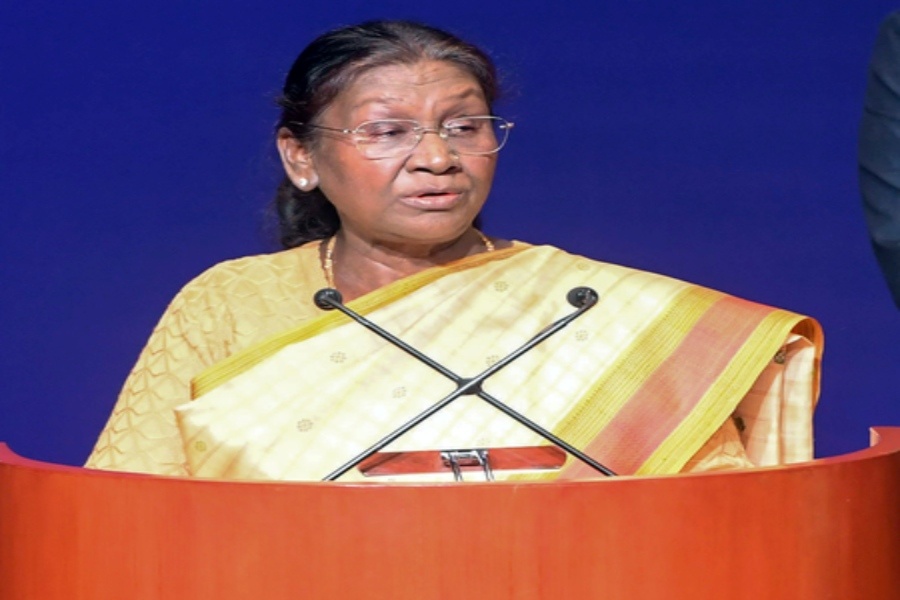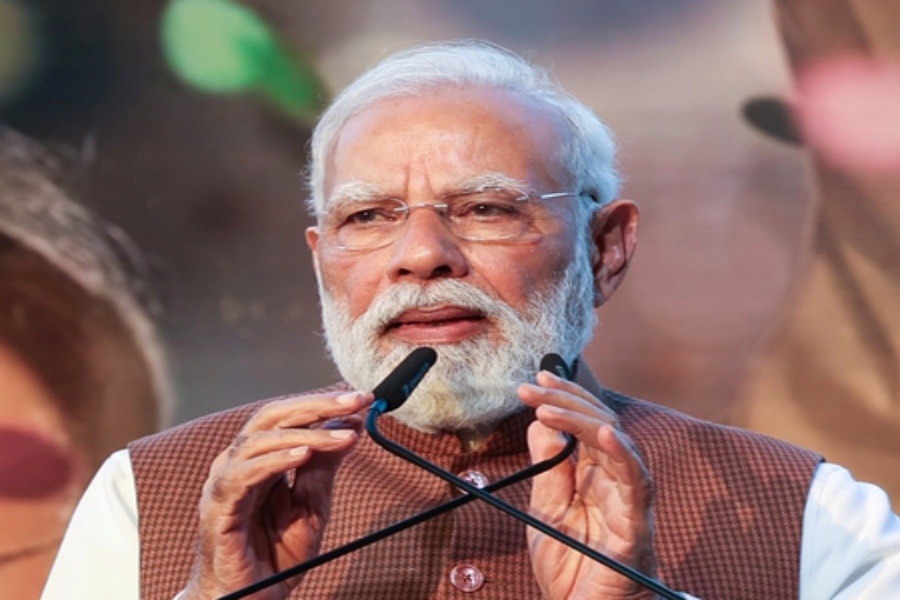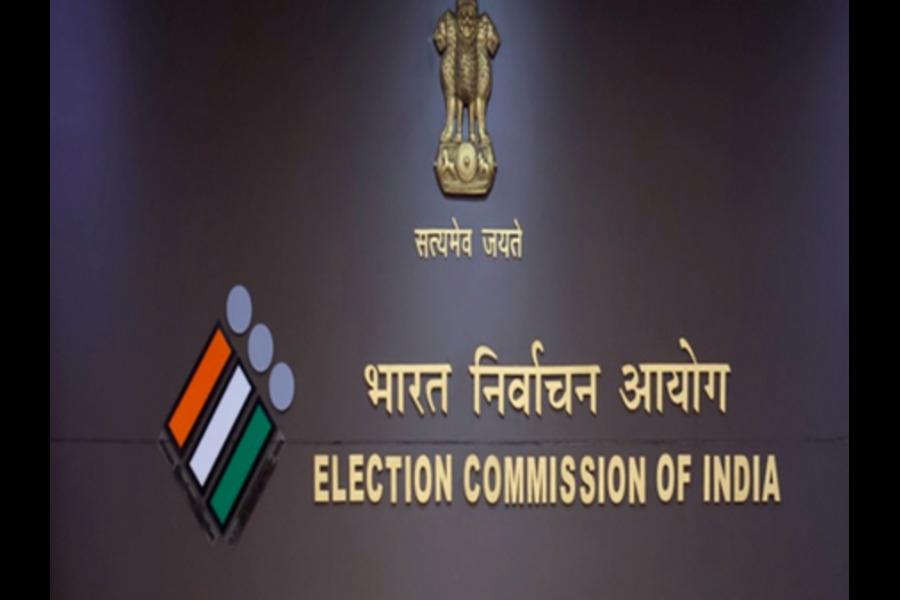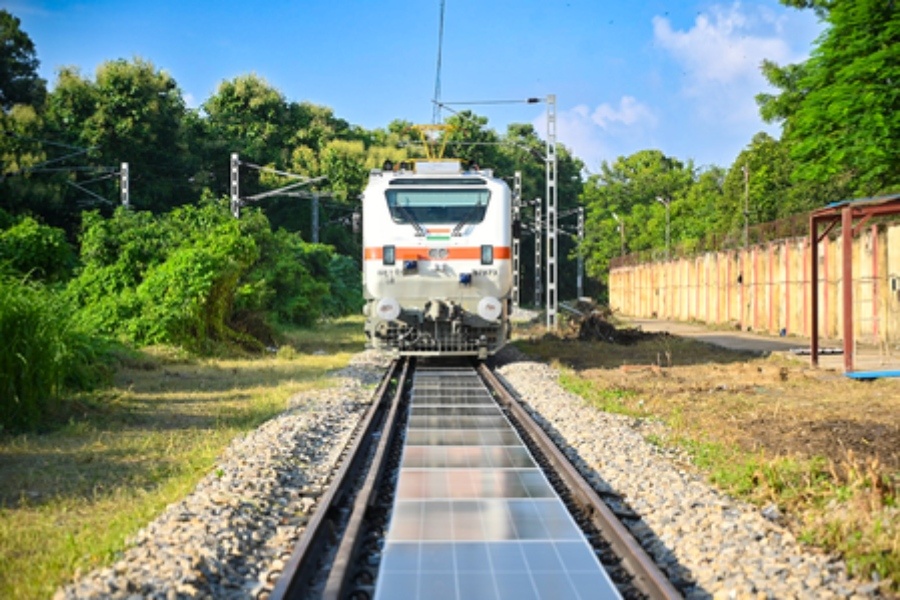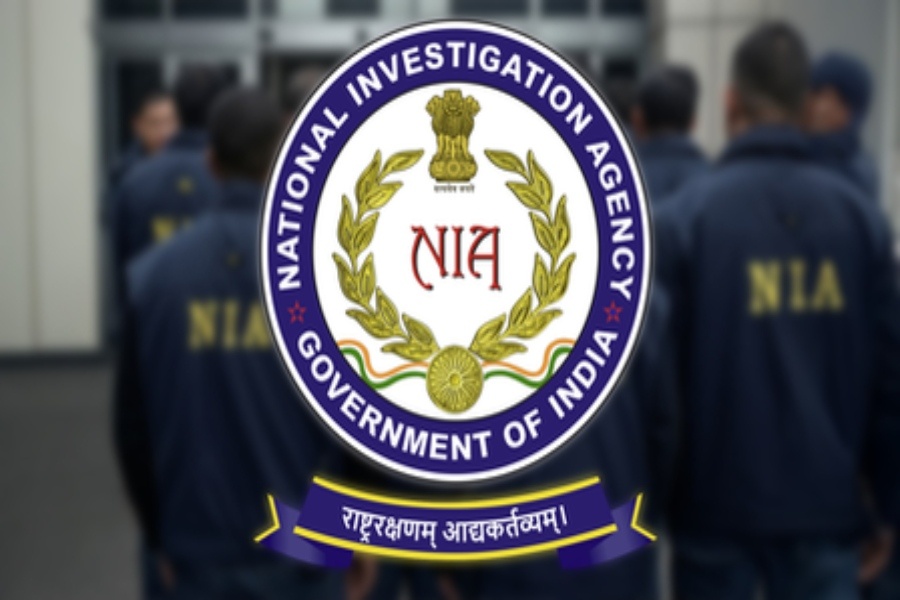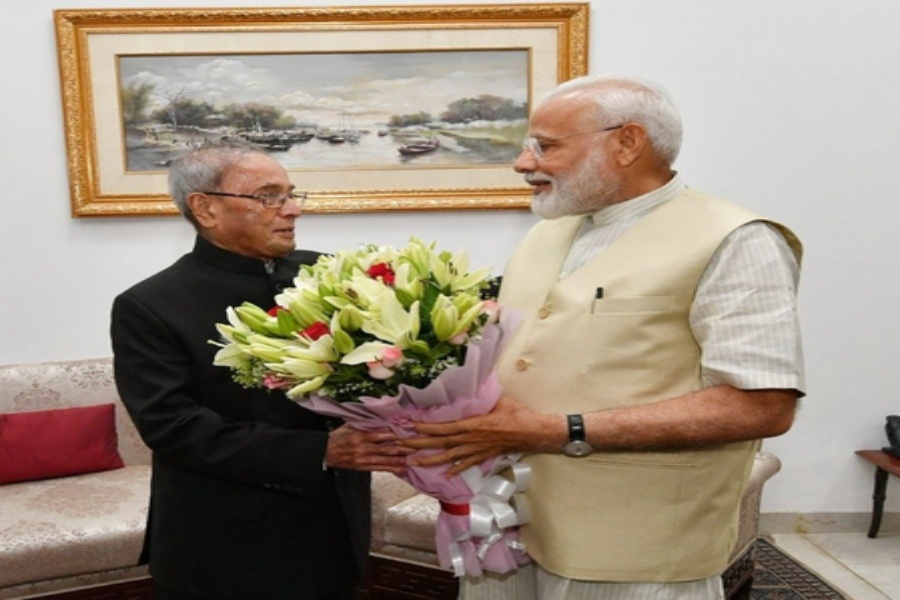In a major respite for middle-class households, the revamped Goods and Services Tax (GST) regime came into force on Monday, significantly reducing prices of essential and non-essential goods across sectors including food, healthcare, education, personal care, and consumer durables.
Everyday items such as soap, toothpaste, shampoo, hair oil, and tooth powder will now attract just 5% GST instead of 18%, cutting down monthly grocery and toiletries bills. On an average Rs 5,000 household bill, families could save around Rs 500.
Food costs are also set to decline, with staples like paneer, roti, and packed parotta moving to the zero-tax slab, while butter, ghee, cheese, chocolates, biscuits, and pickles shift to the 5% bracket. This translates into monthly savings of Rs 800–1,000 for families spending Rs 8,000–10,000 on groceries, or over Rs 10,000 a year.
The education sector sees a similar boost: a school kit worth Rs 1,000 now costs only Rs 850, easing the burden on parents.
Healthcare has received a strong push as well, with rare disease medicines, diagnostic kits, and medical supplies taxed at 5% instead of 12%, while cancer drugs have been made tax-free, cutting costs by Rs 500–1,200 on monthly prescriptions.
Big-ticket purchases also get cheaper — a TV priced at Rs 40,000 is now Rs 4,000 less, a solar heater worth Rs 60,000 is Rs 7,000 cheaper, and an air conditioner costing Rs 35,000 drops by Rs 3,500. Farmers and artisans too benefit from lower GST on farming tools and equipment.
Prime Minister Narendra Modi hailed the reform as a “GST Bachat Utsav,” coinciding with the start of the Navratri festival. “From tomorrow, you will be able to buy your favourite items with ease. This is like a GST saving festival for every Indian,” the Prime Minister said in his address to the nation.
According to him, both the poor and the middle class will see “double benefits” under the new indirect tax structure of 5%, 18%, and 40% slabs.

